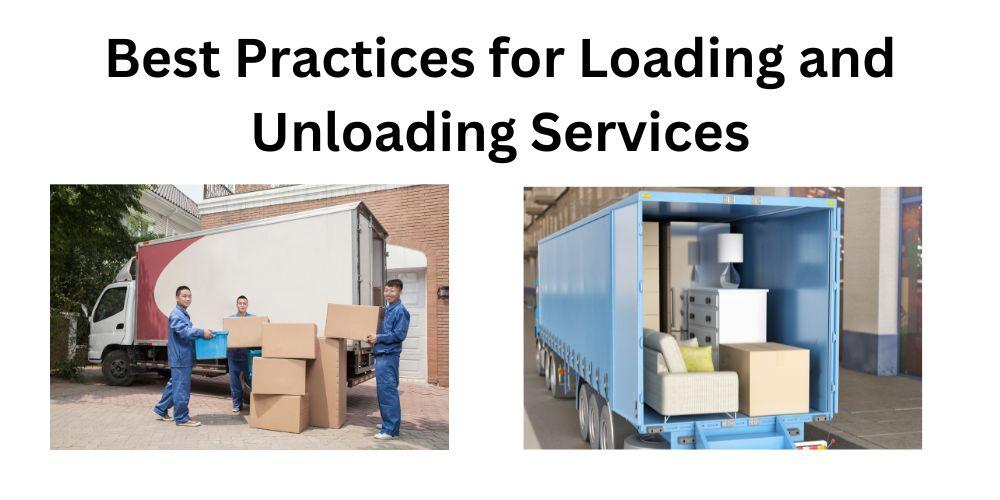Packaging and logistics industry is booming due to the growth in the e-commerce and online shopping industries. While managing the entire logistical operations, it is essential to promptly manage the loading and unloading process, as it can be dangerous if mishandled and may cause serious injuries. Often, this process is not well-managed as the docks get congested, busy, and tight. By implementing the best freight management practices, loading unloading services providers can streamline these processes, while minimizing errors and enhancing the overall productivity.
From implementing a centralized management system, to regular maintenance routines, and optimizing freight handling process can significantly improve the warehouse’s operations. There are several tips to remember, but the 5 mentioned below are the crucial ones that every warehouse operator should follow.
Tips To Optimize the Loading & Unloading of Freight
Efficiency in every step of shipping process is key to providing best possible services. So, how can you optimize your loading and unloading processes? By performing the following steps:
1. Implement a Centralized Warehouse Management System
A centralized warehouse management system enables better coordination and visibility across the loading and unloading process. It serves as a brain that connects all the technological solutions through the center, which enables the warehouse to gather, monitor, and analyze the entire process. It also provides real-time updates on inventory levels, shipment statuses, optimal safety, productivity, and dock availability, which allows smoother internal operations and improved resource allocation.
2. Link Restraints to the Master Control Panel
Restraints are mandatory as they are cost-effective and focus on safety by preventing drive-away incidents, or other hazardous movements while the freight handling process is on. These devices are used as master control panel to enhance safety and efficiency during loading and unloading. Operators can remotely monitor and control these restraints, which ensures proper engagement before the commencement of freight handling activities.
3. Upgrades to Dock Infrastructure Can Improve the Loading and Unloading of Freight
Investing in upgrading the dock infrastructure by adding equipment like hydraulic dock leveller, dock seals, and more can significantly enhance the efficiency and safety of your loading and unloading operations.
These upgrades enable you to make sure that every trailer is correctly aligned with the dock door and leveller for improving the warehouse as well as trailer productivity. This can also speed up the loading unloading process. Additionally, it ensures seamless transitions between the dock and the trailer, which minimizes the risk of accidents and damage of goods.
4. Create a Regular Maintenance Routine
Regular maintenance of loading dock equipment, which includes dock levellers, door seals, and restraints, is essential to prevent any breakdowns and ensure optimal performance. When you implement a scheduled maintenance routine, you can identify and address issues proactively, which that in turn reduces your downtime and enhances the overall reliability of your equipment.
5. Mount Communication Lights
For improving the visibility at the dock, it is essential to have correctly placed lighting. Communicative lights can aid in sharing signals about the movements in the dock. Mounting these communication lights like traffic signal-style lights, at loading docks facilitates clear communication between the truck driver and dock personnel. These lights indicate as to when it is safe to approach, load, or depart from the dock, which minimizes any confusion and thus improves workflow efficiency at the dock.
Conclusion
Optimizing the loading and unloading of freight is essential for maximizing operational efficiency while ensuring timely delivery of goods. By implementing the best practices like centralized management systems, upgraded dock infrastructure, and regular maintenance routines, companies can easily streamline their operations, while minimizing errors and enhancing overall productivity.




